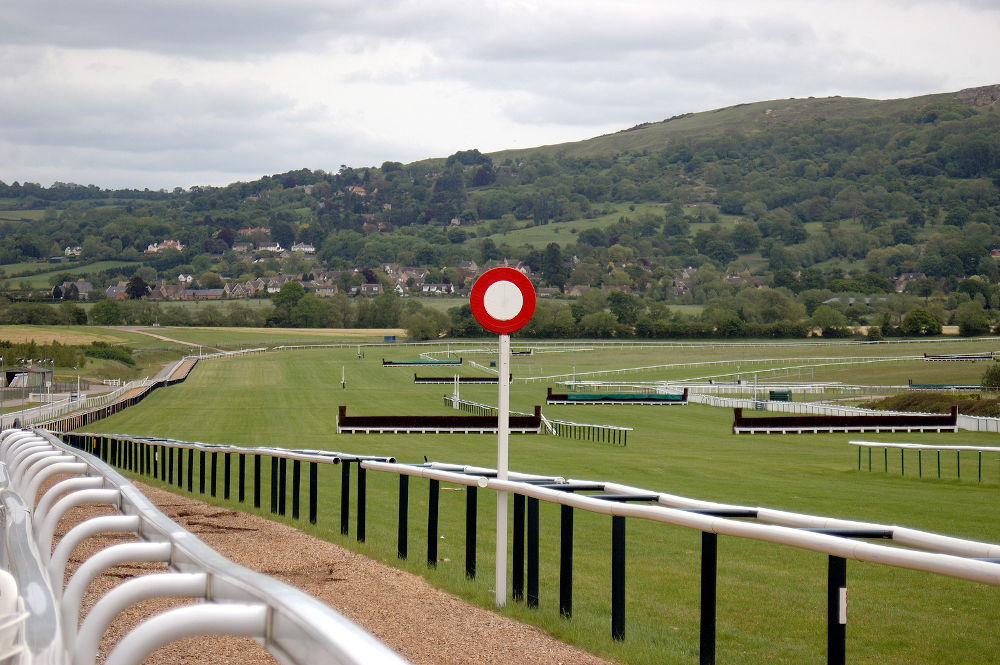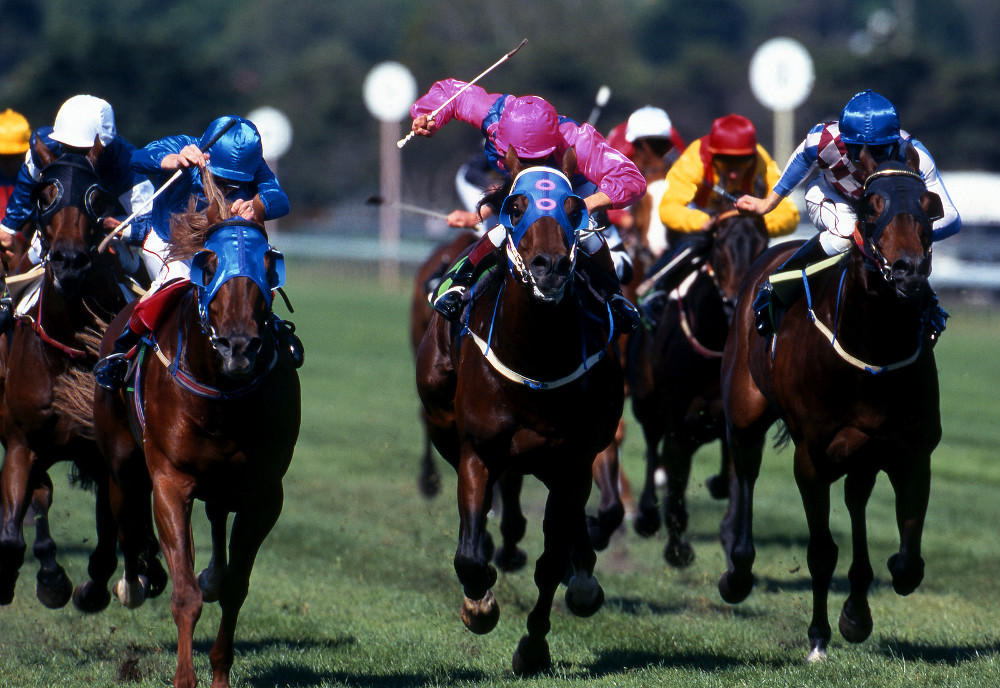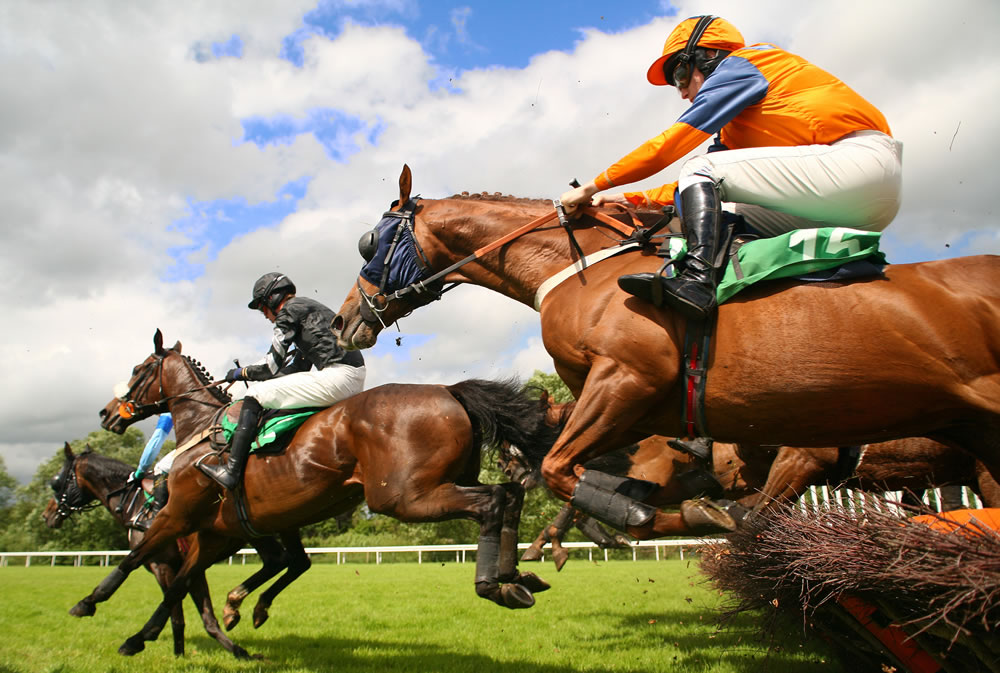One of the many benefits of having lived a wealthy life is the possibility of retiring early to enjoy your latter years – but although you might have accumulated a healthy nest-egg to set you up for a life of luxury travel and jet-setting, if you’ve become accustomed to the constant flow of income into your bank account, the idea of it stopping might feel daunting.
For some, however, retirement can prove to be more lucrative than their working years, with generous pension funds that have been accrued over the years elevating life to whole new heights of opulence. And it’s not just people who often enjoy the pretty penny that comes with entering their golden years, because for Tapit, a former racing stallion in America, retirement has brought about an annual income that averages $35 million.
If you happened to be his owner, you’d no doubt be celebrating an excellent investment choice by now – and rightly so. Stud fees can form one of the most lucrative parts of owning a racehorse, many of which come in after the horse has retired from racing. Tapit, who is currently one of the most valuable stud horses in the world, may be an extreme example of the riches doing so can bring, yet there are many other horses earning their owners millions per year simply for breeding. One recent study found that top-level horse semen could be the most expensive liquid in the world! A slightly vulgar fact, perhaps – but one worth noting, nonetheless.
As Cheltenham Festival approaches, interest in horse racing in the UK is at a high. Many punters are seeking out racing tips for Cheltenham (for these we recommend Online Betting Guide) that will hopefully earn you a tidy profit on race day. However, for those in the business, it seems that more money can be made off the track than during race season – and potentially even more thereafter.

The biggest horse races in the world offering the highest prize purses still do not top £10 million, and even assuming one horse enters several of these high-paying races and performs well, when factoring in all the costs of caring for the horse and travelling to and from the races it is likely that few will be topping the stud fees earned by Tapit over the course of a year.
Investing in a racehorse now, however, could stand you in good stead for a comfortable and lavish future. The average price to purchase a relatively decent racehorse in the UK stands somewhere between around £10,000 and £20,000. For this price, owners can expect a horse with good and improving potential and that may just go on to win some big events over time. However, owners must then pay for stabling, training and upkeep for the horse throughout the ownership period.
Fees of over £1 million are not as rare as you might think for top-performing horses with the best breeding lines. Having the right stud can therefore make a huge difference in the asking price for all offspring.
Over the years, there have been several horses that have sold for millions. A key reason for increased asking prices is horses who were sired by previous big winners in their own racing days, and in some cases having mothers who have also previously seen success on the track. Buyers, of course, may hope that the good genes a horse receives from its parents will influence its own winning potential, thus resulting in several big prize pots.
Some horses, of course, have been more expensive than others – and these five have fetched the largest sums of all time. If you’re eager to make a good investment, then read on to find out whether these astronomical sums were worth it, and to clue yourself up for a lucrative future.

Meydan City
Meydan City was sired by the famous Kingmambo and sold as a yearling in 2006 to Sheikh Mohammed’s Godolphin at auction. The final sale price landed at $11.2 million, which was the second highest ever fetched at auction for a yearling. Meydan City won twice for Godolphin, ridden both times by jockey Frankie Dettorii at Newmarket.
Seattle Dancer
Even so, Seattle Dancer beat Meydan City to the title of most expensive yearling ever sold when he was purchased in 1986 for $13.1 million. Sired by famous racehorse Nijinsky, who won many races throughout his career, it was little wonder that this horse had such impressive market appeal, with Nijinsky himself boasting an impressive lineage that included parents Northern Dancer and Flaming Page, both of whom raced well throughout the late 1960s. Seattle Dancer unfortunately could not race as a two-year-old due to a virus in the yard, but went on to win two of his five races over his career.
The Green Monkey
The Green Monkey was another product of Northern Dancer and was purchased unraced as a two-year-old for the princely sum of $16 million. However, the money was not well spent as he was relatively unsuccessful both throughout his racing career and later as a stud horse himself. Despite the great potential he showed, this investment, it seems, wasn’t as savvy as might have been expected – but in the world of racehorses, you win some and you lose some.

Shareef Dancer
Shareef Dancer had already been making waves on track in 1980, and brought more success to owner Maktoum al Maktoum after being purchased in 1981 for $3.3 million. This investment was one that did prove sound, as after some intense training resulted in three wins and one second place out of five races, he was then syndicated in 1983 for $40 million. His wins included prestigious races at Royal Ascot and the Irish Derby, and having also been sired by Northern Dancer, the strength and appeal of the lineage to potential owners was clear.
Fusaichi Pegasus
Fusaichi Pegasus was purchased by Fusao Sekiguchi for $4 million in 1998 as a yearling. Just two years later, Coolmore Stud paid $64 million for the colt, making him the most profitable trade in racehorse history. Fusaichi Pegasus won the Kentucky Derby and several other prominent races during his career. His stud career after retirement has been somewhat disappointing given his own pedigree, although he has sired several Grade 1 winners including Roman Ruler and Bandini.
The final word
Lineage plays a huge role in the appeal and therefore asking price for any thoroughbred racehorse, with new owners looking for heritage that could translate into big wins. Although these traits don’t always continue down the line, there is plenty of evidence to suggest that certain stud horses are more likely than others to produce winners – so if you’re considering making an investment this year, then it’s certainly a good place to start.






















